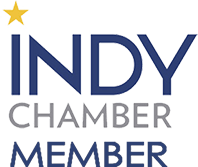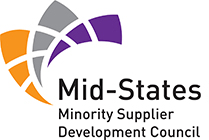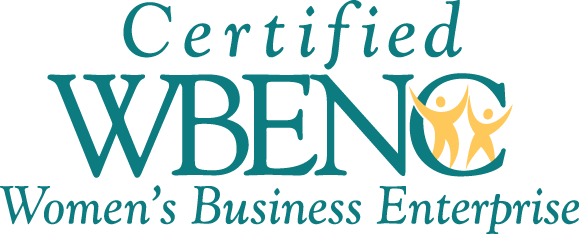The tight labor market is affecting the way businesses are hiring. Lower unemployment rates are forcing employers to become more creative in recruiting and retaining workers. And many companies are beginning to look at ways to entice both active and passive job seekers to join their teams.
You probably already know that active job seekers are looking to find a new job for any number of reasons. They might be fresh out of college, don’t like their boss or feel they have plateaued in their current company and wanted to find a better career opportunity.
Passive job seekers, on the other hand, are already employed but are not highly motivated to make a change. They are willing, however, to learn about new and interesting opportunities that could enhance their career.
While those are the basic differences between actives and passives, a 2016 survey revealed other enlightening facts that distinguish the two groups. Here are a few of the most noteworthy findings:
Active job seekers are prepared to be engaged
The survey discovered that three out of every four who were actively searching for a new job had recently updated their LinkedIn profile and believe that “social interaction” is essential during even the earliest parts of the hiring process. Because they are looking for a mobile-friendly process, companies should ensure their brand is up to date and shows their organization’s distinctive culture.
Active job seekers want to be recognized and praised during the hiring process
Today’s largest generation—millennials—make up the bulk of active job seekers. An astonishing 8 out of 10 of them revealed in the survey that receiving recognition from prospective employers was either very important or important. Compare that to the 39 percent of baby boomers or the 31 percent of those in Gen Z that thought the same!
Companies that are hoping to woo these active job seekers would do well to take a hard look at the kind of pre-hire experience they are providing for these candidates.
Passive job seekers accept job offers at a higher rate than their active counterparts
While only one in four active job seekers reported accepting a job offer in their latest recruitment encounter, 65 percent of passive seekers say they took the job. The survey also showed passive job seekers being less concerned about online ratings of the company they are considering.
When organizations have open positions that are difficult to fill, they have a good chance of finding the right candidate in a passive seeker.
Passive job seekers are not wild about video interviews
Unlike the active job seekers who overwhelmingly prefer a video interview, less than one-in-three passive candidates say they are comfortable with it. But the passive types report that they are much less frustrated by the recruitment process as a whole. They also don’t experience the same level of irritation with the background checks and assessments that annoy active candidates. Companies who consider the desires of both active and passive candidates will have a better chance of filling their openings.
Let us help you find the active and passive candidates from which to build your teams
Contact Pro Talent Group, one of Indiana’s fastest-growing minority- and woman-owned businesses. We have provided opportunities for contingent employees through our offices in Indiana, Illinois, and Kentucky. And we can make direct hire placements in engineering, manufacturing and administrative positions nationwide.







